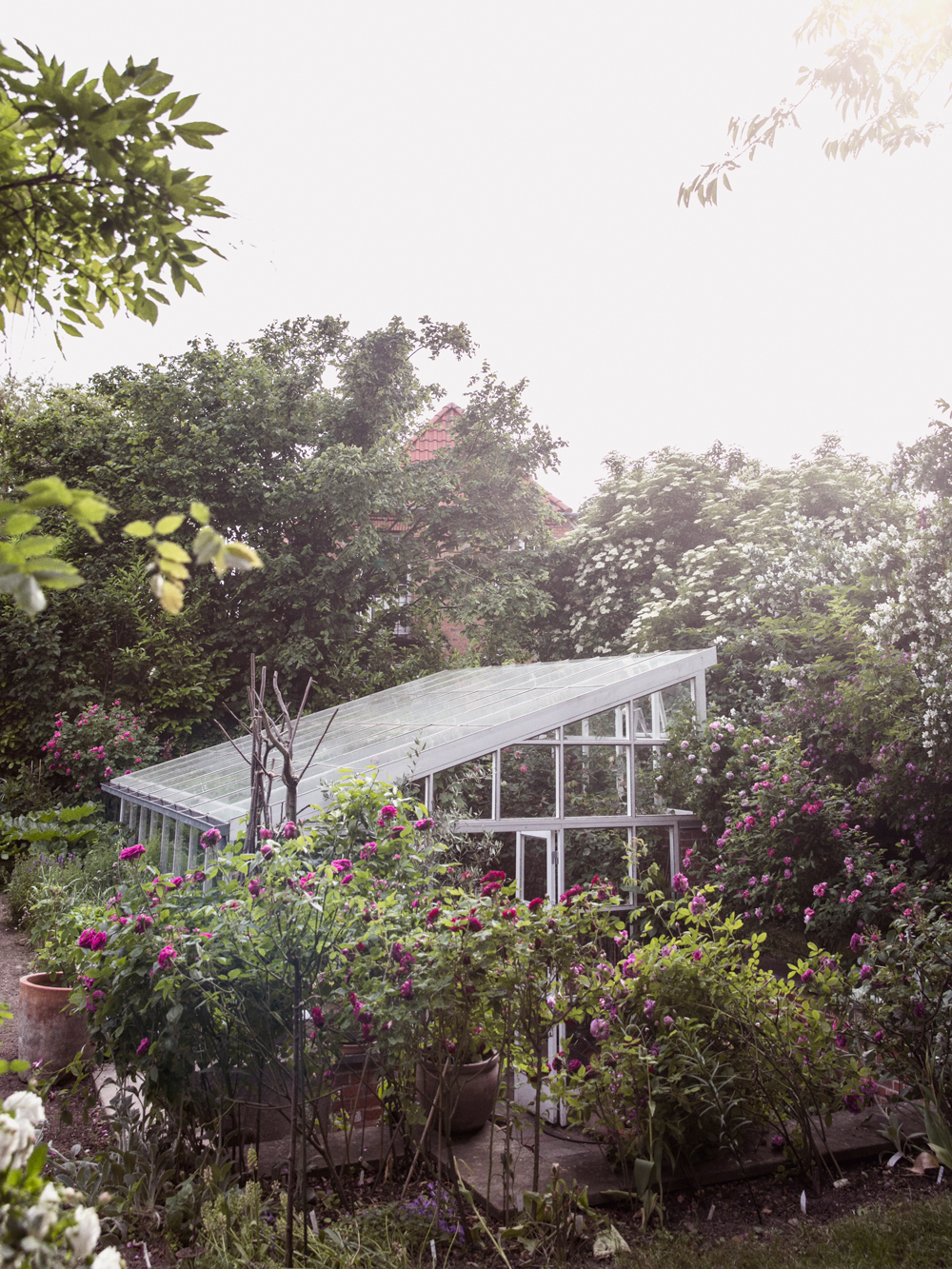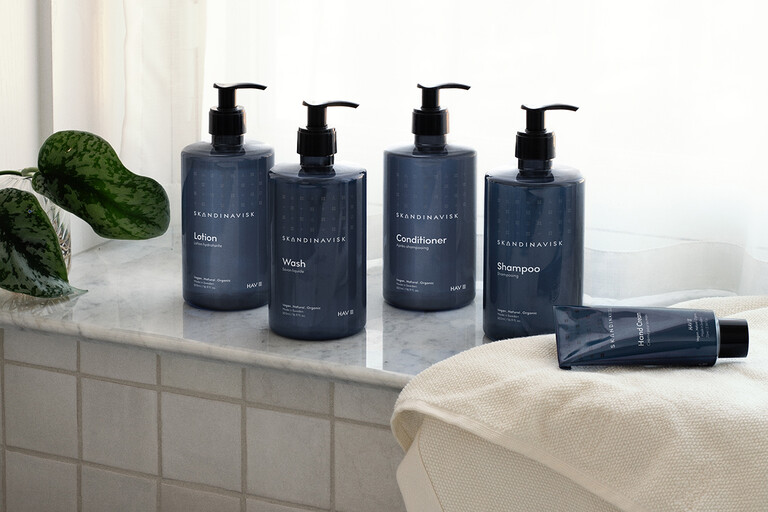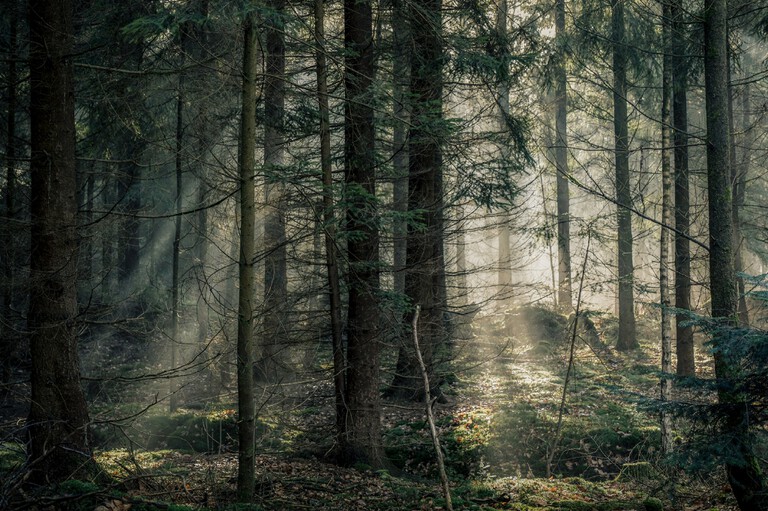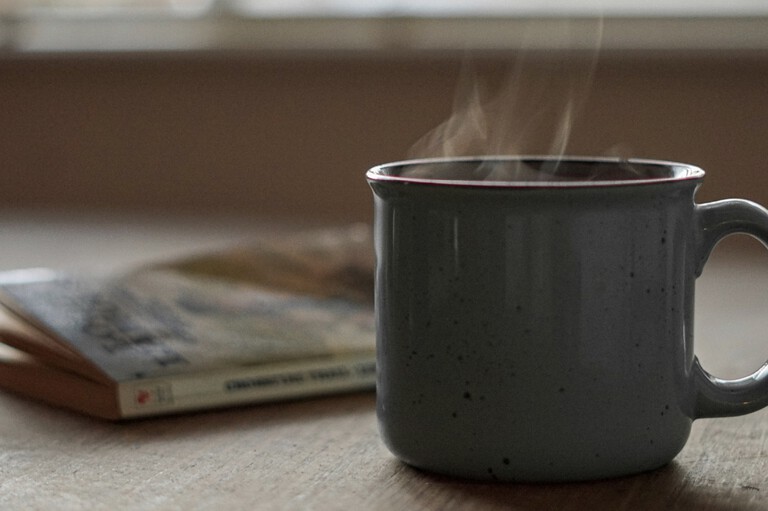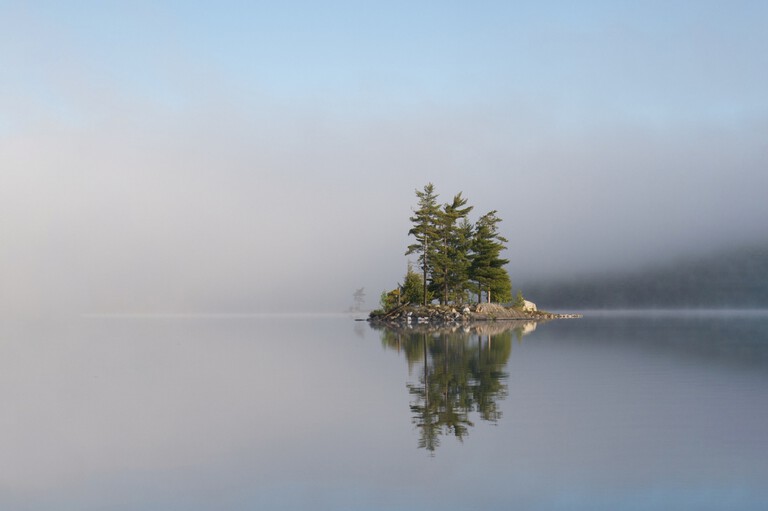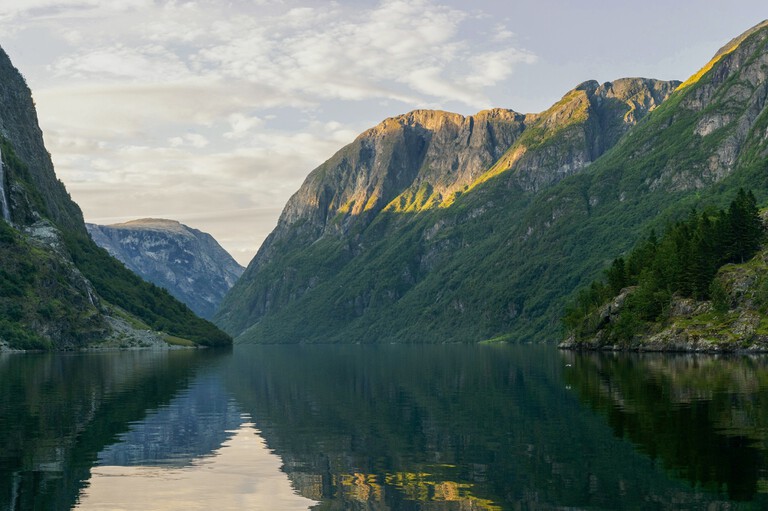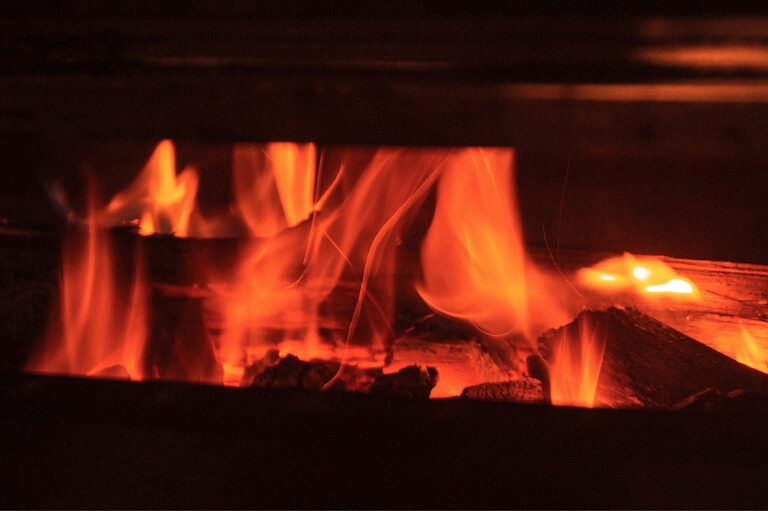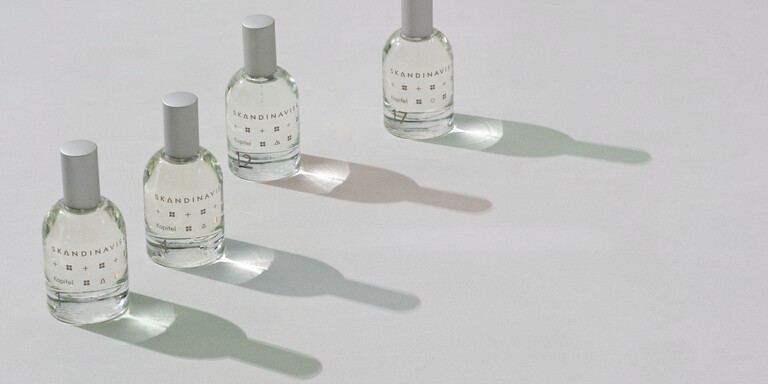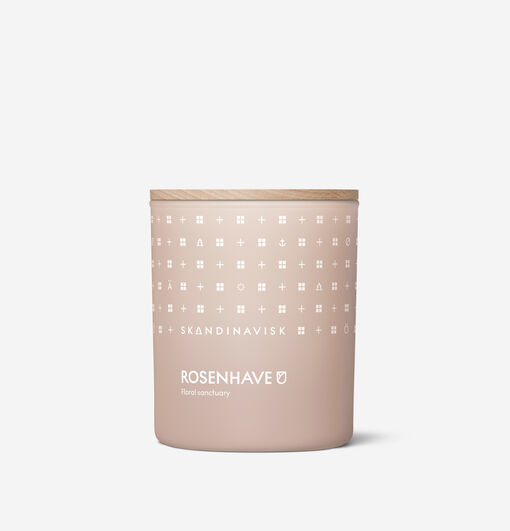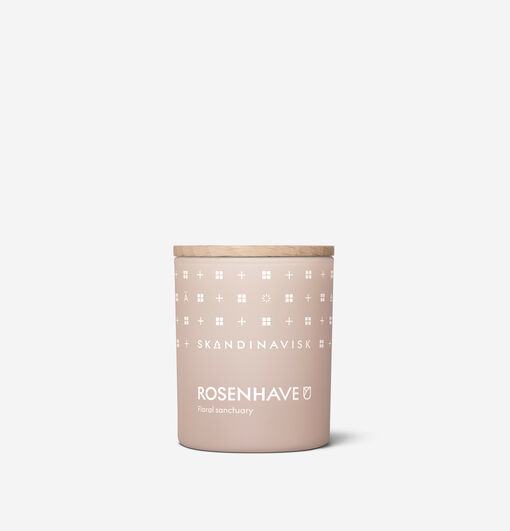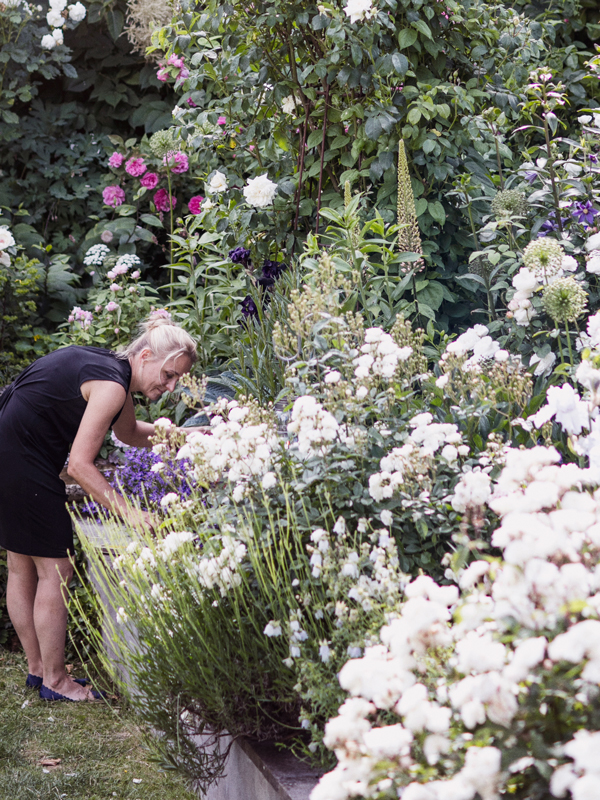
When I first began growing roses more than fifteen years ago at our home in Stockholm, I had this idea of the romantic English rose garden. I soon discovered that would not be possible when combined with such challenging Nordic weather. Instead, I discovered something less perfect, and in that imperfection, true beauty that can be cultivated over time.
When my family and I moved to Copenhagen several years later, I continued rose gardening and now have over one hundred and fifty varieties of rose surrounding our family home. Because of the winters in Scandinavia, we can’t create perfect gardens. We have to accept the plants dying, and then coming back again. There’s a lot of patience involved. Despite this, some roses can flower as many as three times a year, others twice, most just the once, but when they’re in bloom every single one is like a gift.
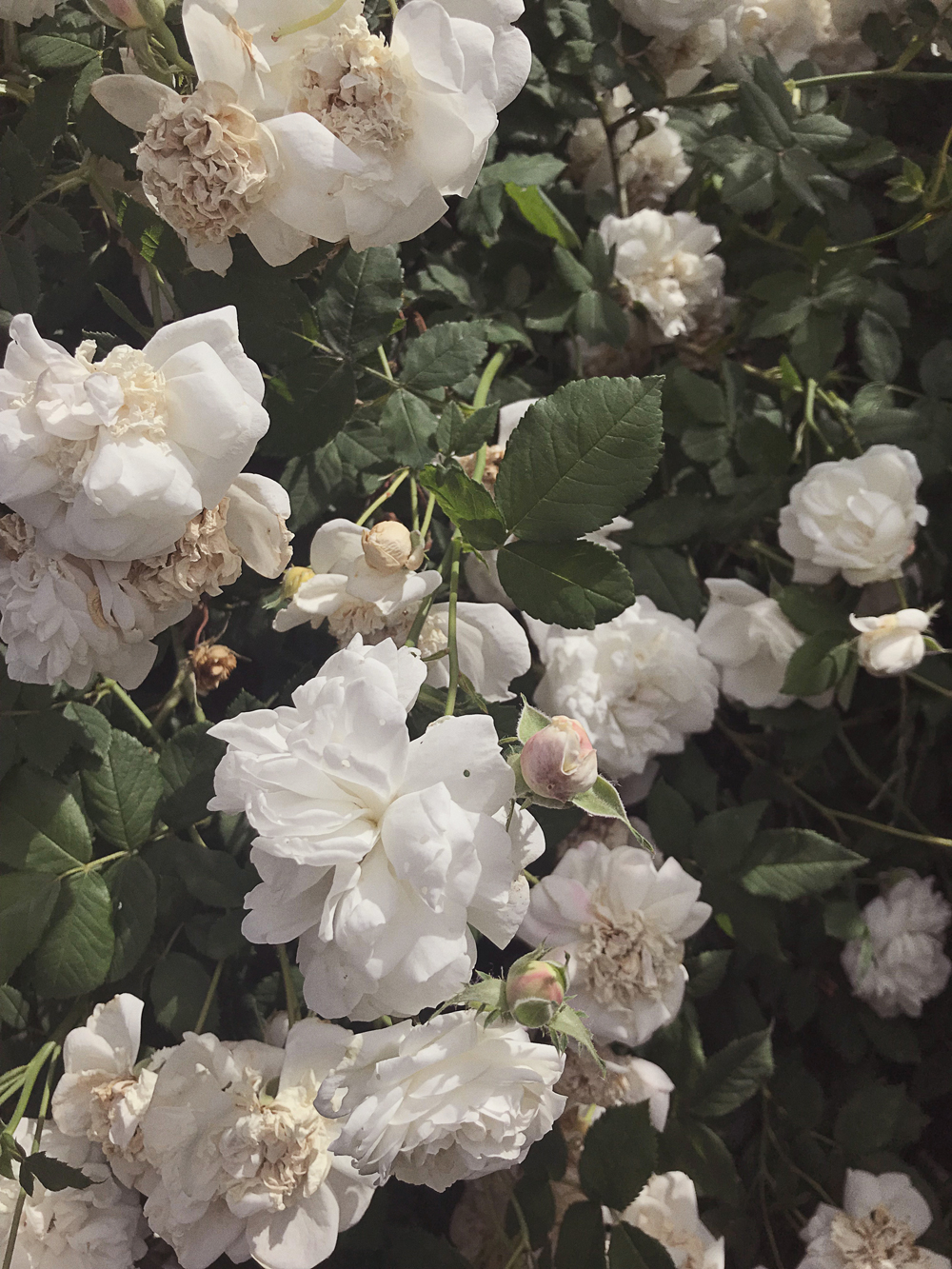
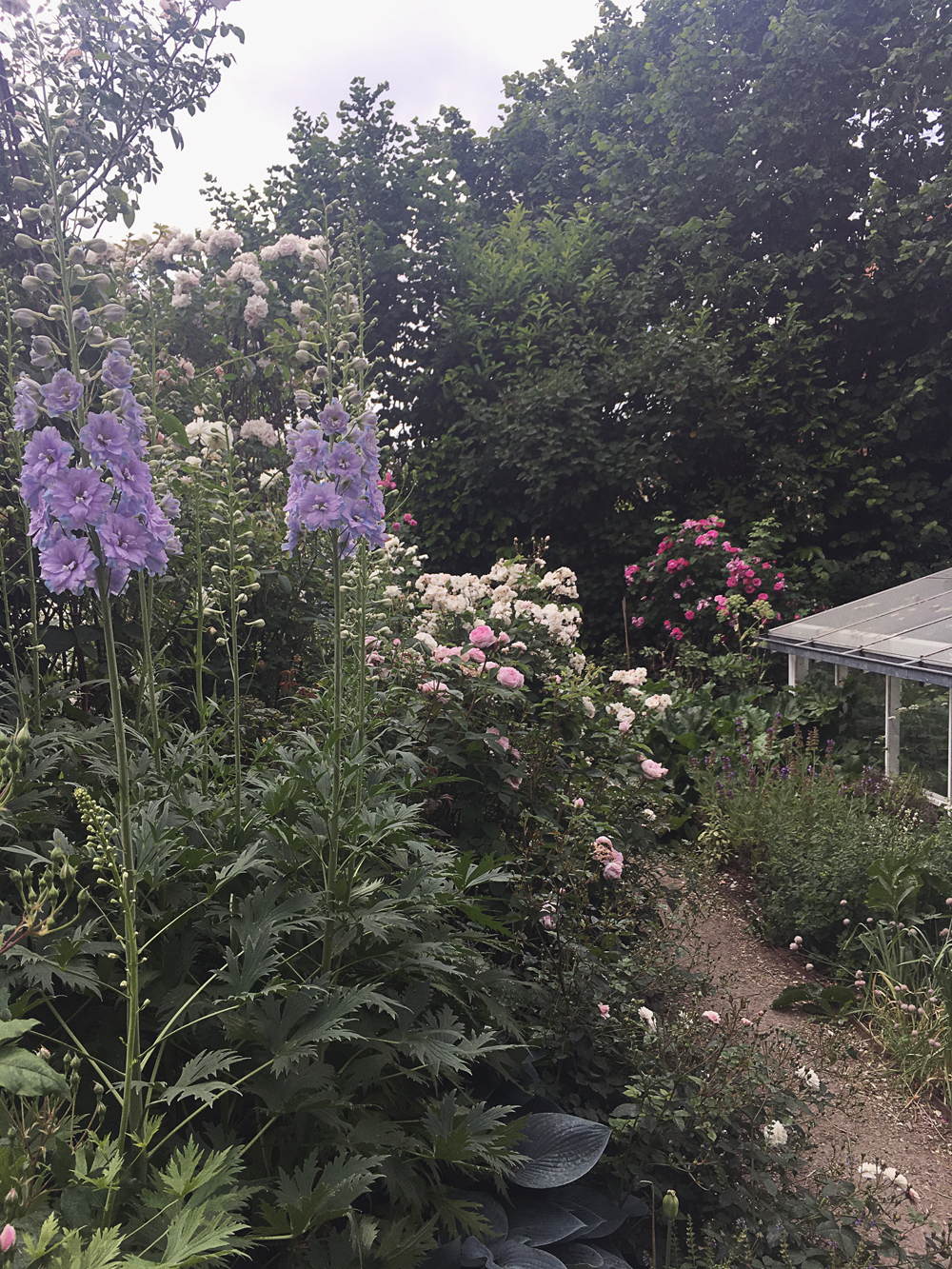
Growing happy roses
I spend a lot of time researching roses. I love this work, but it definitely is work. I also notice when a rose isn’t happy in its selected position and, if so, I will dig it up and relocate it until I find the ideal spot. I take care to plant tightly, and to combine roses with other friendly temperate flora, such as tulips, alliums, and lilies, so to get the beds to bloom continuously from early spring.
For the more delicate, weather-sensitive types such as my collection of tea roses, I grow these in our sunken greenhouse; they simply wouldn’t survive outdoors through the long winter months. My garden is completely organic, I never spray pesticides, indeed there is nothing better for the soil than the fresh manure I collect from the Carlsberg brewery’s carriage horse stables nearby.
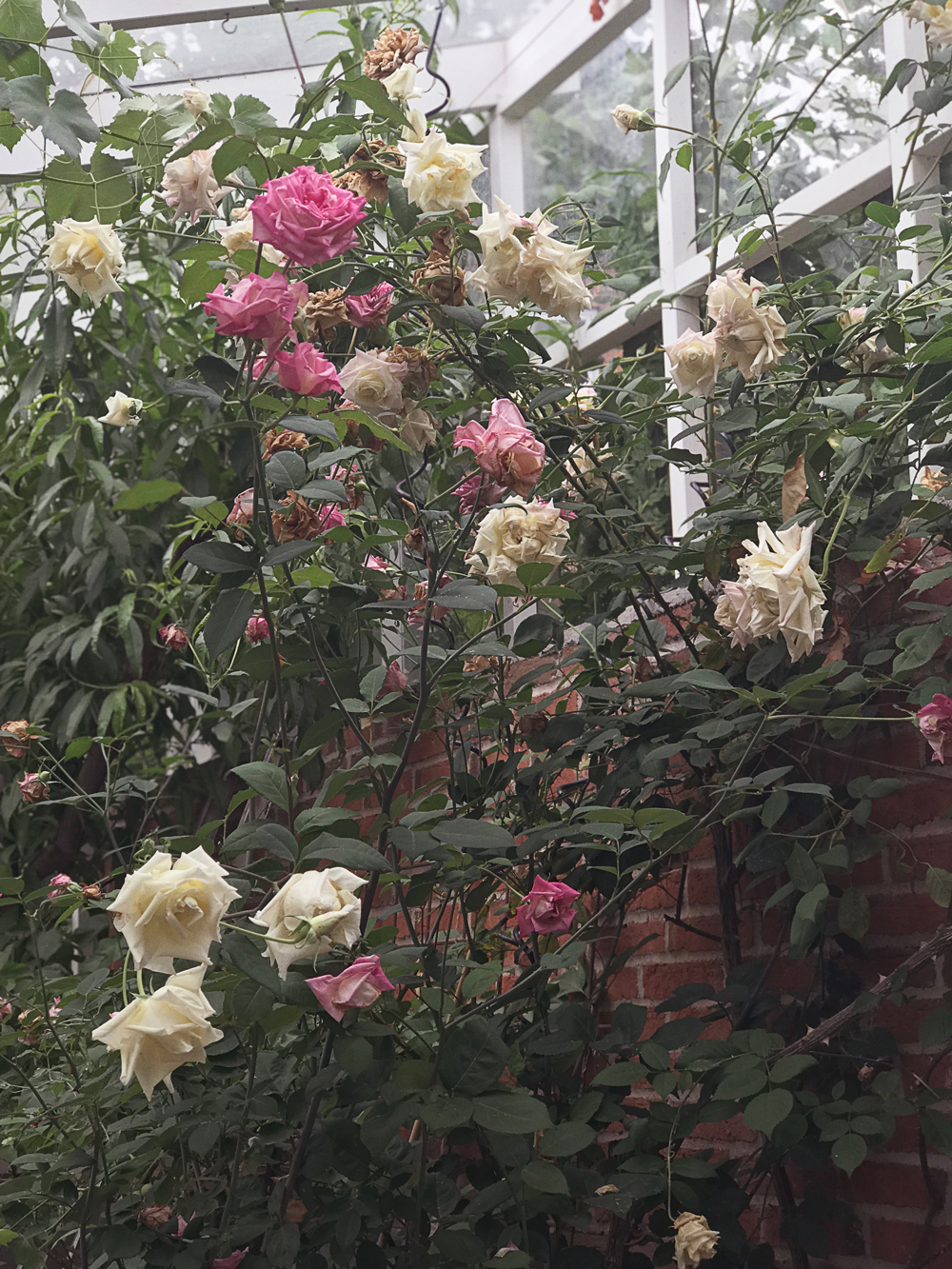
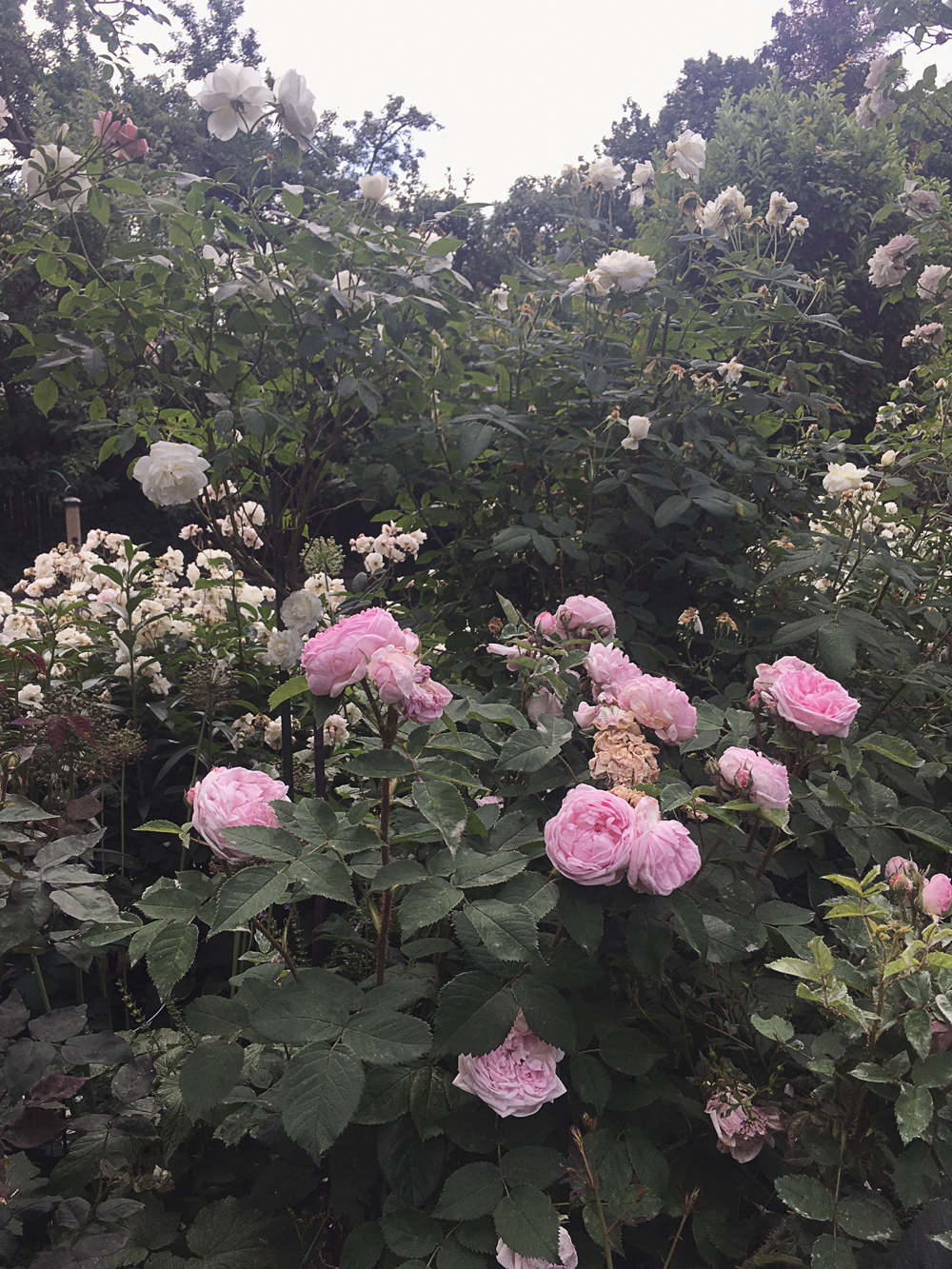
The pursuit of beauty
Rose gardening in Scandinavia isn’t all bracing against the weather, though. The extremely light summers make for an incredible seasonal blooming. It’s amazing how much you can produce in the summers here and, though they may look delicate, most roses are tougher than we assume. I used to cover all of my roses every winter with branches from the neighbours’ discarded Christmas trees, but I don’t do that any longer since most of them survive better in the milder Danish climate.
Thanks to the cold, there are less diseases too, so the plants can stay quite strong throughout the year. Growing roses in a climate like Scandinavia is an exercise in planning, patience and persistence, for the pursuit of beauty; a worthy endeavour in my mind.
Taking time to put my hands in the earth and be connected with the roses is very primal and full of visceral pleasure. That’s why I don’t grow any rose without a scent, as smelling the roses is a huge part of how I enjoy my plants. As I walk through my garden, I am reminded of the story of each rose bush; I know them like old friends. This one was the sister of an earlier variant, that one has a strong perfume. I love the way this one droops, or the colour of those petals.
My connection to my roses is in the way I work to keep them thriving in challenging terrain. Roses can take four to five years from the time they are planted to full blush. But give them the time they need, and the reward is pure pleasure.
